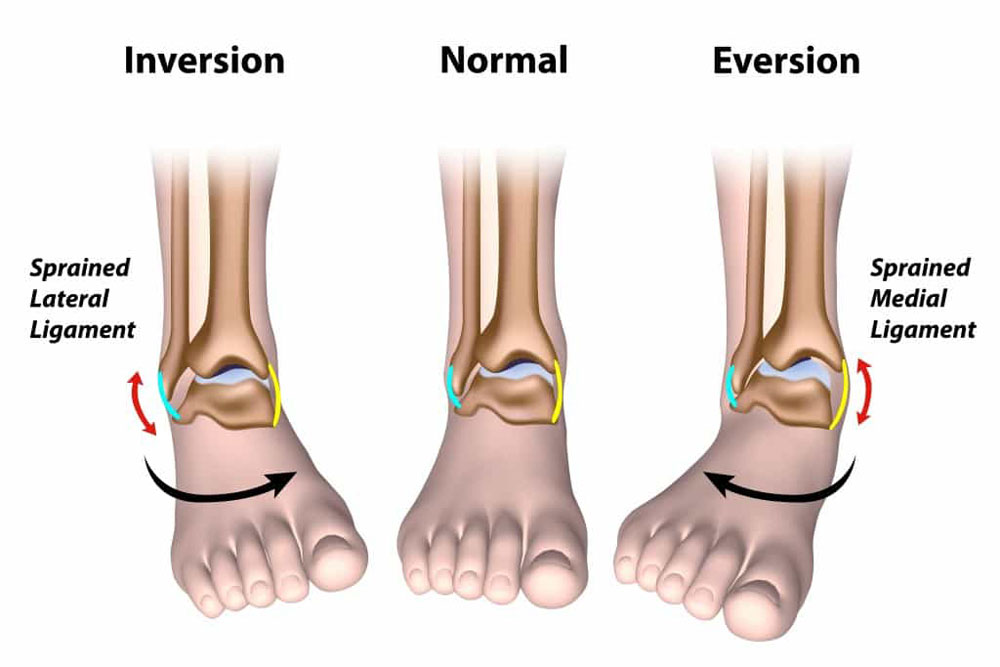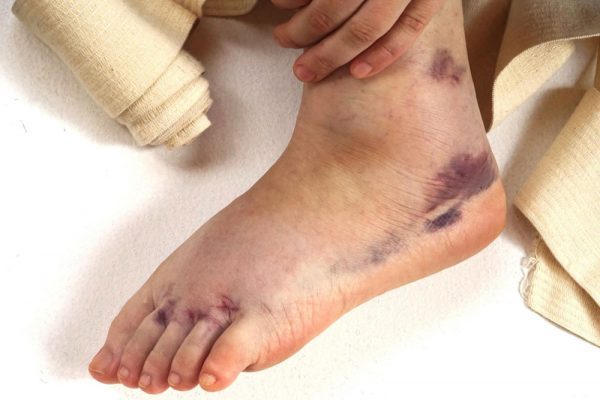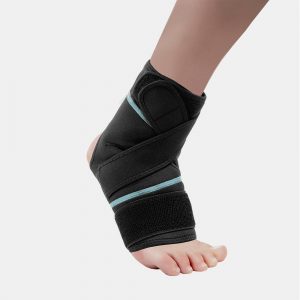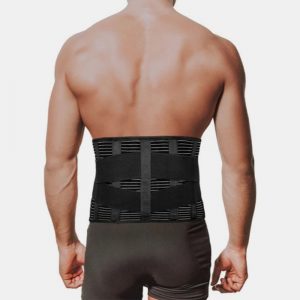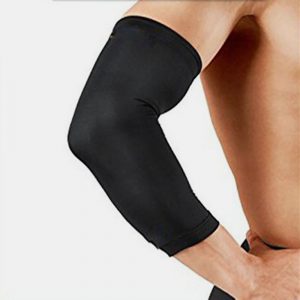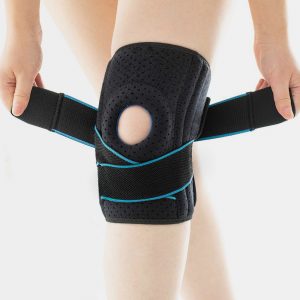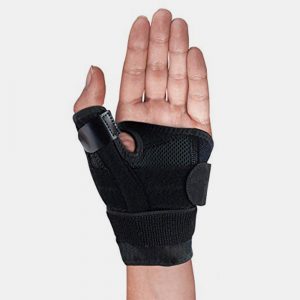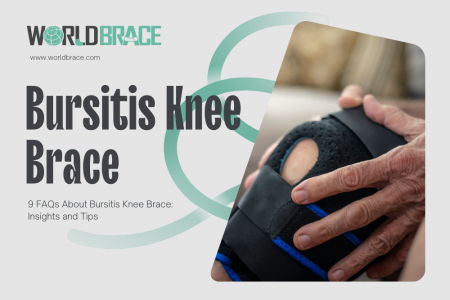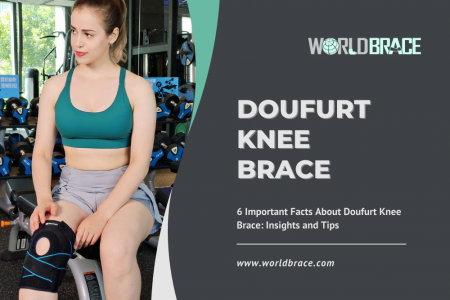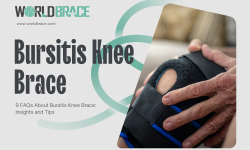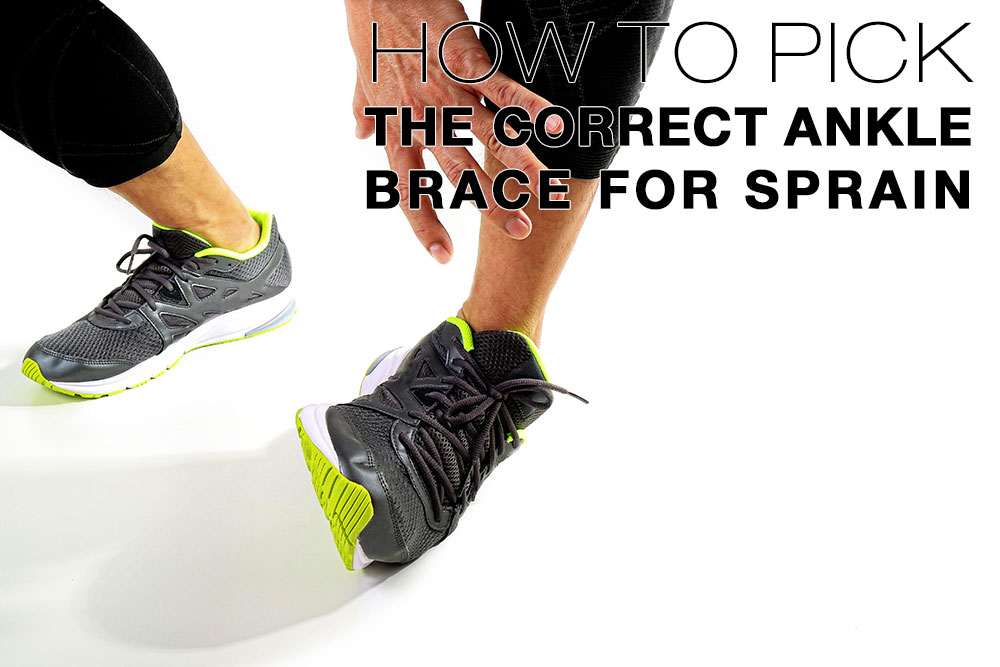
Table of Contents
What is a sprained ankle? What is a high ankle sprain?
A sprained ankle is ligament damage or tear. A sprain might look like a shattered bone without an X-ray. If you can’t put weight on your foot, or if there’s substantial swelling, bruising, or deformity, visit a doctor. Depending on the severity of the injury, this may be your general care physician, pediatrician, or orthopaedic surgeon. Untreated sprains might cause long-term issues.
A Syndesmosis injury is another name for a high ankle sprain. Just above the ankle, a rupture in the anterior tibiofibular ligament connects the tibia and fibula. In general, ankle sprains are more difficult to cure than a simple sprain.
What does a sprained ankle look like?
When the ligaments in your ankle are torn, you have an ankle sprain. A joint’s stability depends on the strength and flexibility of its ligaments. Only to a certain extent can they be stretched and moved. It is a sprain if a ligament is ripped or stretched beyond its normal range.
This is a relatively frequent injury with varying symptoms. Some sprains are only twisted or tweaked, and you can still walk with them. Ankle sprains may be very painful, with lots of swelling and bruising and significant agony when you put weight on them.
Severe ankle sprains, marked by considerable bruising or swelling, inability to put weight on foot without major discomfort, or no recovery after a few days, should be seen by a doctor.
Sprained ankle symptom picture
Sprained ankle vs. Broken ankle?
Here are the key identifications to understand the difference between sprained or broken ankle:
- A sprain often occurs quietly or with a popping sound in extreme situations. A fracture may have an audible crack.
- A sprain is more probable if the pain is in the ankle’s soft tissue, while ankle fractures cause pain or tenderness immediately above the ankle bone.
- Ankle sprains and fractures can induce swelling, but if your ankle seems to be out of place, you most likely have a shattered bone.
- However, fractures are typically accompanied by tingling or numbness as well as pain.
Mild to moderate sprains heal in 3-8 weeks. Severe sprains may take months to heal. An ankle fracture occurs when one or more ankle bones break, requiring weeks of immobilization and surgery to repair the broken bones.
How to treat a sprained ankle?
For most ankle sprains, doctors advise adopting the PRICE technique as the best ankle sprain treatment for the first 24–48 hours.
- P – Protect: Limit your ankle’s movement using crutches or a splint or brace.
- R – Rest: Avoid activities that might aggravate the sprain (no running, jumping, exercising).
- I – Ice: To minimize swelling, use ice or a cold pack wrapped in a towel every 20 minutes.
- C – Compression: Apply a gentle elastic bandage to reduce swelling.
- E – Elevation: Raise your ankle on pillows over your heart when sitting or laying down.
You should see your doctor if your sprain is causing you discomfort, swelling, and strain on your ankle.
Do ankle braces help prevent sprains?
While no technique of injury prevention is 100% effective, there are certain precautions you may take to assist avoid or lessening the severity of an ankle injury. The wearing of an ankle brace while jogging is a common method of avoiding ankle injury.
You can wear ankle support for a sprained ankle that is comfortable and sturdy enough to endure numerous seasons.
An ankle brace for sprain is a common and adaptable piece of athletic equipment used to inhibit specific actions that might cause ankle injury. They are also great for folks who require greater ankle support in their everyday lives.
An ankle brace for running after a sprain is useful whether you undertake regular exercise or high-intensity training. Plantar fasciitis, tendinitis, or an acute ankle injury may all produce pain in the ankle. Your ankle may be aching in an unexplainable way.
The best ankle brace for sprain may give the soothing compression, protection, and support you need to manage discomfort and go on with your daily activities.
Lace-up ankle brace for sprain in WorldBrace and stop worrying about spraining your ankle and start embracing life without boundaries.
faq
How long does a sprained ankle take to heal?
Mild ankle sprains recover in one to three weeks with rest and nonsurgical therapy. Moderate injuries require 3-4 weeks. Due to the restricted blood supply to the ankle ligaments, more serious sprained ankle recovery time may reach up to six months.
Can you walk on a sprained ankle?
No. An injury like this can’t be “walked off.” After a sprain, you should not put any weight on your ankle until it has fully healed. Your ankle may be seriously harmed if you attempt to walk, jog, or work out too soon.
Should you sleep with a brace on a sprained ankle?
Yes! You can wear the bandage at night while sleeping. Only use a compression bandage for the first 24 to 48 hours. If it is feasible for you, combine rest, elevation, and compression to get more comfortable. Remove the bandage for a few minutes twice daily.
How long to wear brace after ankle sprain?
Ligament injuries take weeks to recover. An ankle brace for sprain protects ligaments during healing and returns to sport or activity. Wear your brace for three months. After removing the brace, bathe the foot/ankle in warm/hot Epsom salt water for 10 minutes.

